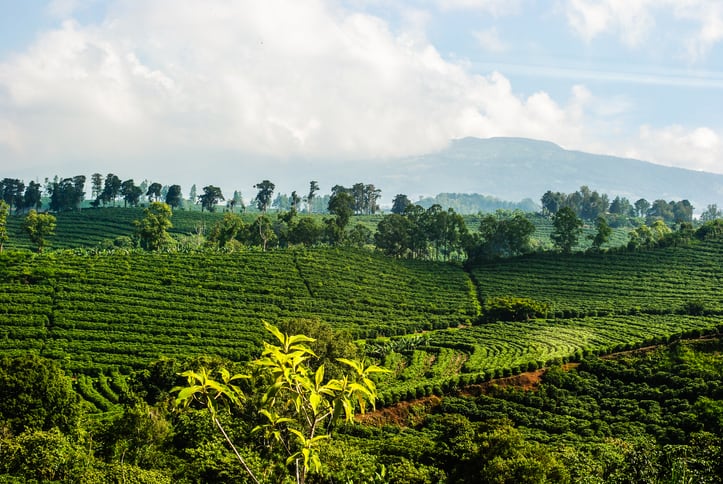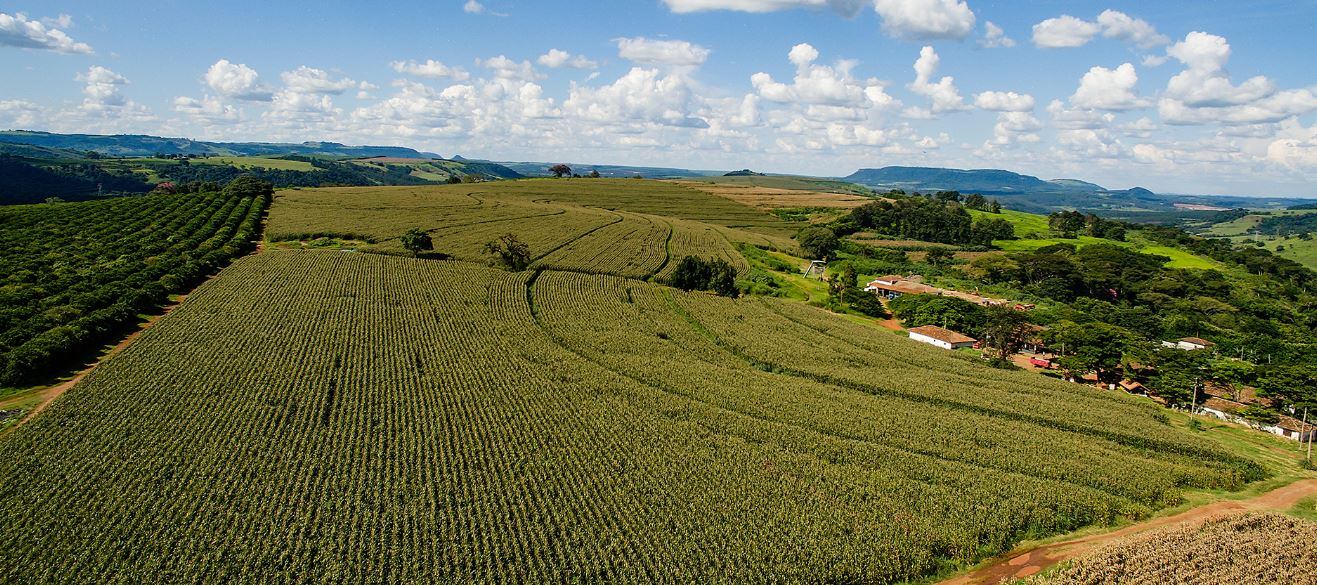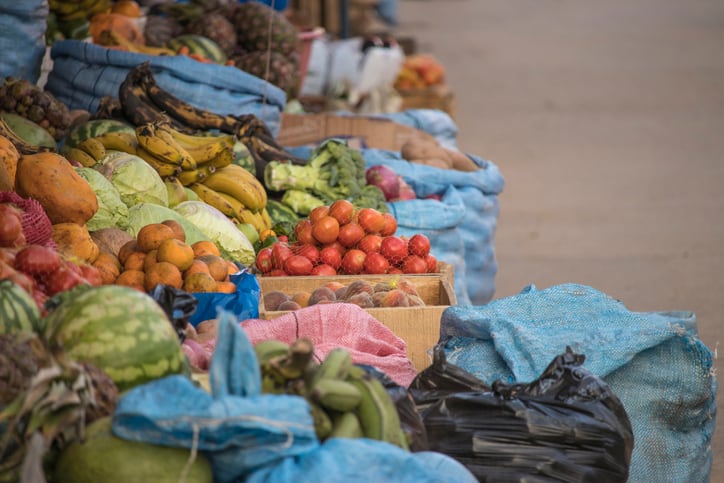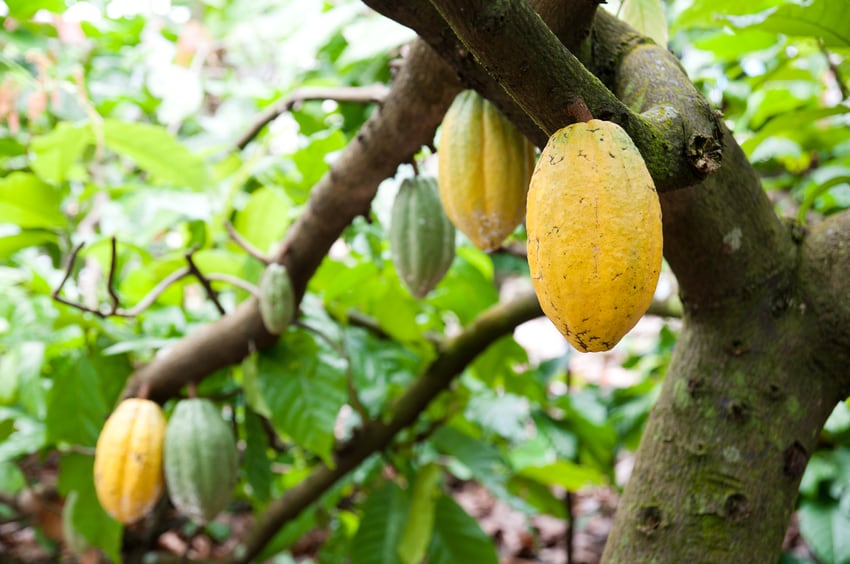In February this year, Costa Rican president Carlos Alvarado Quesada presented the 2018-2050 National Decarbonization Plan, an ambitious plan to decarbonize the economy in order to combat climate change, in the capital, San José, on February 24.
With objectives for the transport, energy, waste management and agriculture sectors (among others), the plan aims to transform Costa Rica into a zero net emissions economy by 2050, supported by fiscal reform.
This goal is “consistent with science” and in line with the objectives of the Paris Climate Change Agreement, the government said.
The plan aims to ensure 70% of buses and taxis are electric by 2035; that 100% of its electricity production comes from renewable sources by 2030 (it is currently at 95%); that forest area increases from the current 52% to 60% by 2030, and the carbon footprint of the national agriculture sector is reduced.
“These transformations are not new to the country, we have done it before,” said the minister of environment and energy, Carlos Manuel Rodriguez. “We are a tropical country that stopped deforestation and tripled our per capita income; and that generates 99% of our electricity from renewable sources. We abolished the army and instead decided to invest in education. Costa Rica is ready for the challenge of decarbonization."
The agreement, which has drawn praise from stakeholders around the world, including the United Nations secretary-general, António Guterres and former US vice president Al Gore, took around seven months of dialogue between the Ministry of Public Works and Transport (MOPT) and the Ministry of the Environment and Energy (MINAE) and included discussions with international specialists.
The 10-point plan has two goals that directly relate to the agri-food industry.
Goal 8: Promotion of highly efficient agri-food systems that generate low-carbon local export and consumption goods.
Implement by 2050 the most advanced methods and technologies to achieve sustainable, competitive, low carbon and resilient agriculture, with the lowest pollution levels.
Goal 9: Consolidation of an eco-competitive livestock model based on productive efficiency and reduction of greenhouse gases.
By 2050, livestock production will use the most advanced technology in accordance with the standards for sustainability, competitiveness, low emissions and resilience to the effects of climate change.
Reactions
Science-based agronomy organization Bioversity International welcomed it.
“Costa Rica is a small country and the contribution to global decarbonization is probably low. Nevertheless, we hope this is a sign also to other countries in the region or beyond and a clear example how governments should put forward climate change mitigation,” said Anna Müller, associate scientist at Bioversity International.
Pressure is now on Costa Rica to follow up its pledge with action, Müller added, which will probably require significant public funding.
Oliver Bach is technical manager at The Sustainable Agriculture Network (SAN), an international network of NGOs that promote sustainable, biodiversity-friendly farming and food systems.
Bach echoed Muller’s reservations about where funding for Costa Rica’s decarbonization will come from.
“The program is very ambitious and although its goals are well-intended, the biggest question marks are financing – where is the money coming from? - and whether there is a genuine interest to implement sector-wide sustainable agriculture and cattle programs,” he told FoodNavigator-LATAM.
Transforming the way Costa Rica currently produces its food and rears cattle while guaranteeing their incomes and livelihoods would require massive investment and training programs, he said.
Costa Rica’s farming industry
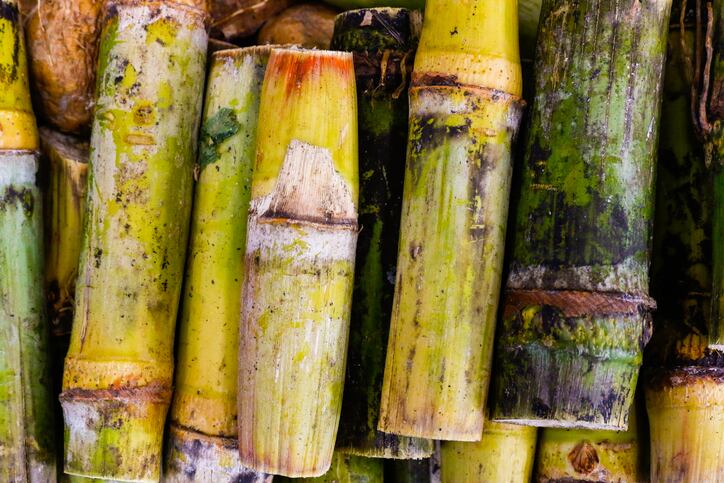
Around 70% of Costa Rica’s agricultural output comes from commodities grown for export such as banana, pineapple or coffee. This has increased the country’s footprint due to an increased use of agrochemicals and a need to import food staples such as rice, beans and other grains, which increases transport emissions.
“Costa Rica is far away from ‘implementing by 2050 the most advanced methods and technologies to achieve sustainable, competitive, low carbon and resilient agriculture, with the lowest pollution levels (goal 8)," Bach said.
The country’s farming and livestock sectors contribute to 37.5% of the country’s greenhouse gas emissions, second only to the transport sector (46.3%).
There are four main sources for these GHG emissions: cattle (through methane and manure), waterlogged rice paddy fields, which also emit methane; burning pastureland and sugarcane; and nitrous oxide emissions through the use of synthetic fertilizers.
Burning sugarcane is banned but is still practiced on around 50,000 hectares of sugarcane fields, according to SAN.
Costa Rica’s top crops in 2017 by volume were sugarcane, pineapple, banana, palm oil, fresh fruit and oranges.
Source: FAO STAT
“In spite of the huge proportion of greenhouse gas emissions that the [agriculture] sector contributes to the country’s carbon footprint, the announced plan is not putting enough emphasis in the huge challenges that need to be resolved,” he added.
According to data from the United Nations’ Food and Agriculture Organization, Costa Rica is the second biggest user of pesticides in the world (the top six countries include five from Latin America and the Caribbean, although average use in Asia is higher overall), spraying 18.78 kilos per hectare of cropland.
“Huge education efforts will need to be undertaken to reduce excessive synthetic and fertilizer use in view of reducing the carbon emissions of the sector,” Bach said.
Organic farming accounts for just 1.7% of agricultural production while silvopastoral systems (where cattle rearing is mixed with agroforestry) is just 4.2%.
Catalina Mora, technical expert at SAN, believes that financial restraints may limit the government to implementing the plan “only partially”.
“The agriculture and cattle sectors also need to receive more support to reduce their carbon footprints via tree planting and advice on agroforestry systems, reduction of agrochemical use, effective incentives for promoting organic agriculture, better soil preparation practices as well as waste and wastewater treatments. Without these programmatic elements, the plan is likely to fail.”
Sustainable success stories: Coffee and cattle
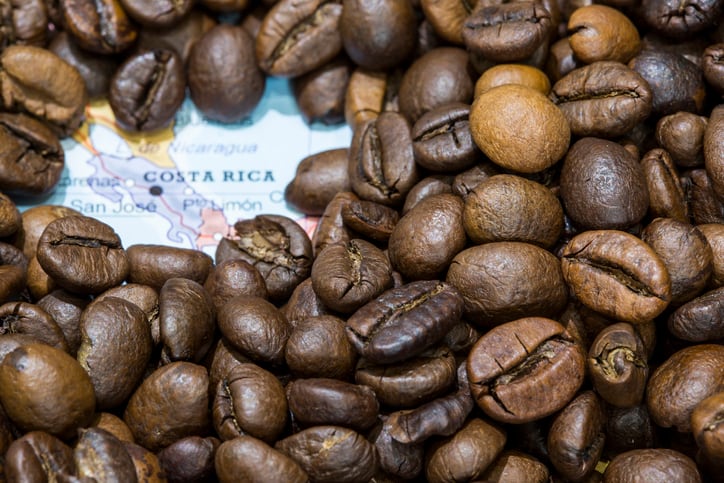
That said, the Costa Rican agri-food industry does have success stories to look to for inspiration, according to SAN.
The coffee cooperative COOPEDOTA, for instance, was the first one in the world to receive a carbon neutral certificate.
In the Guanacaste province, more than 200 cattle ranchers are implementing responsible practices such as using functional bio-digesters for cattle manure, organic fertilizer and treating wastewater.
In 2014, meanwhile, commercial cattle farm CATIE became Costa Rica’s first farm to become Rainforest Alliance certified for its dairy operations. The 603-hectare farm supplies milk to Dos Pinos, the country’s biggest dairy cooperative.
"SAN very much applauds the goals of this plan as a first step towards a more sustainable country," said Mora. "Costa Rica has been considered a global leader because of its extensive National Park system and its more recovery of tree cover. Several governments have made the attempt to implement Carbon Neutral plans, without major success [but] SAN sincerely hopes that the new carbon neutral intentions will succeed."
FoodNavigator-LATAM contacted CACIA, the Costa Rican food manufacturing trade association, as well as various food processors but did not receive a response in time for publication of this article.

